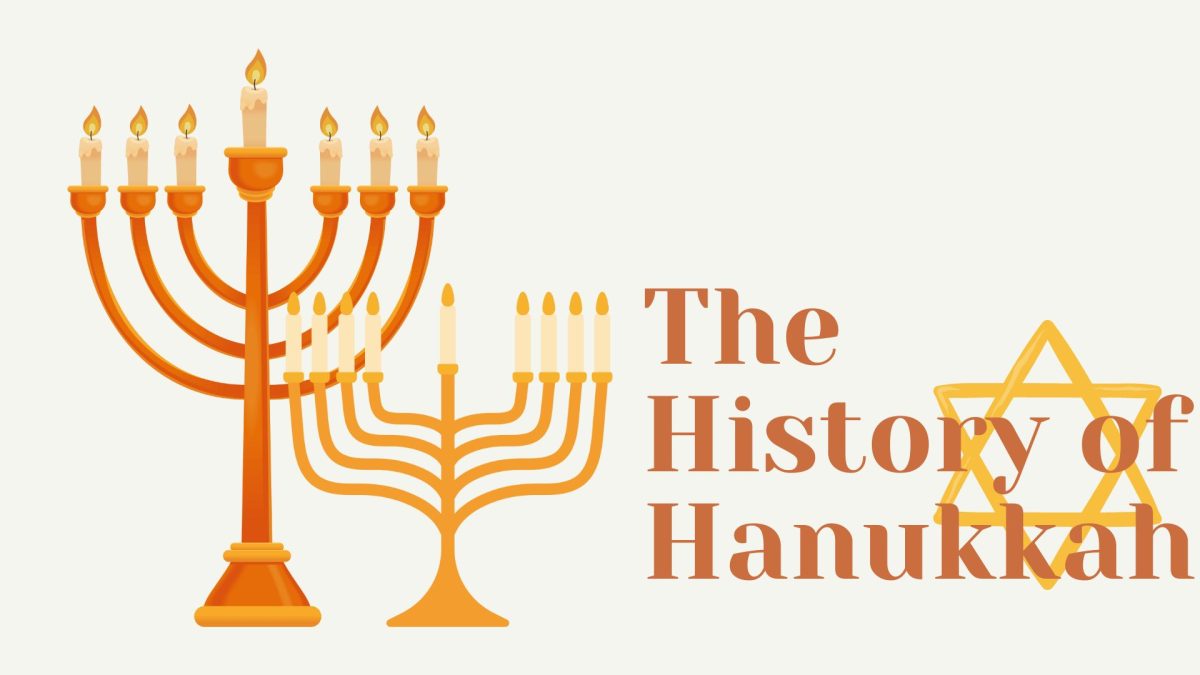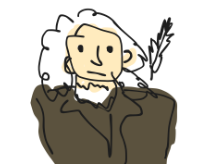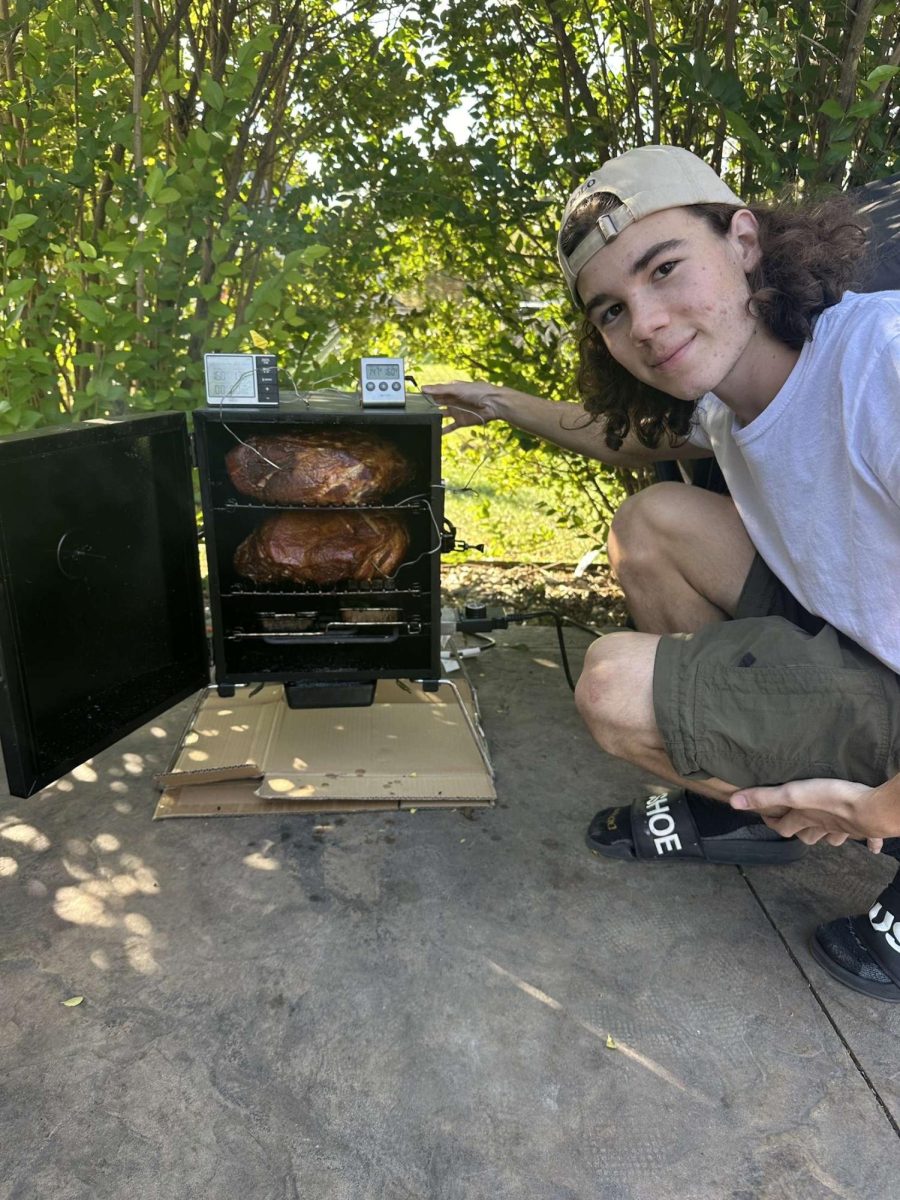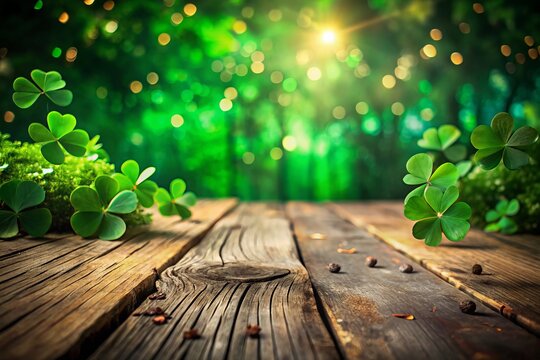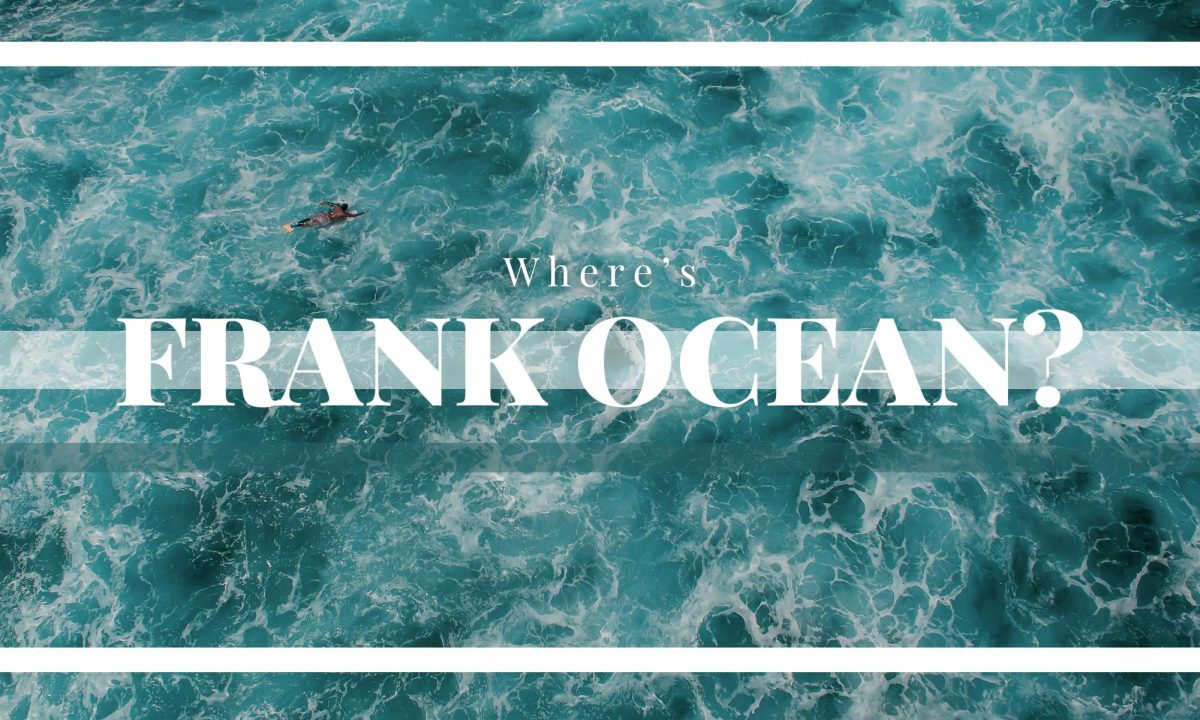Hanukkah is an eight day festival of lights celebrating the 2,000-year-old miracle in which the light won over the darkness.
The holiday’s origin dates back to the death of Alexander the Great. He was an ancient leader of Macedonia who succeeded in conquering the Persian Empire. After Alexander’s death in 323 B.C., the Greco-Syrian Selucid Kings took control of his territory.
During the king’s rule, the Jewish religion was outlawed. Holy books were burned and Jewish dissidents were tortured, usually to death. This cruelty influenced a priest named Matthaias, and his sons decided to rise in rebellion. Following his death, Matthaias’s son, Judah the Maccabee, led the Jewish people to several victories against the Selucids.
After years of revolt, the Jewish people finally won back Jerusalem. The Temple had to be cleansed and rededicated, but the Selucids had only left one intact vial of oil. Though it was only enough to burn the candelabra for one night, it burned for eight. In this time, the Judeans were able to get more oil. Hanukkah thanks God and celebrates the people of Judea’s victory over the Seleucids.
To this day, the 2,000 year old miracle is celebrated on the 25th day of Kilsev, which is the ninth month of the Hebrew calendar. The Menorah, a candelabrum with spaces for nine candles, is lit for eight days. The ninth candle is a “servant” candle called the shamash. The purpose of this ninth candle is to light all of the other candles. Along with the lighting, people recite prayers, sing and exchange gifts throughout the eight day holiday.
Hanukkah became increasingly popular in the twentieth century, but has been celebrated for over 2,000 years. This year, Hanukkah begins Dec. 7 and ends Dec. 15.


